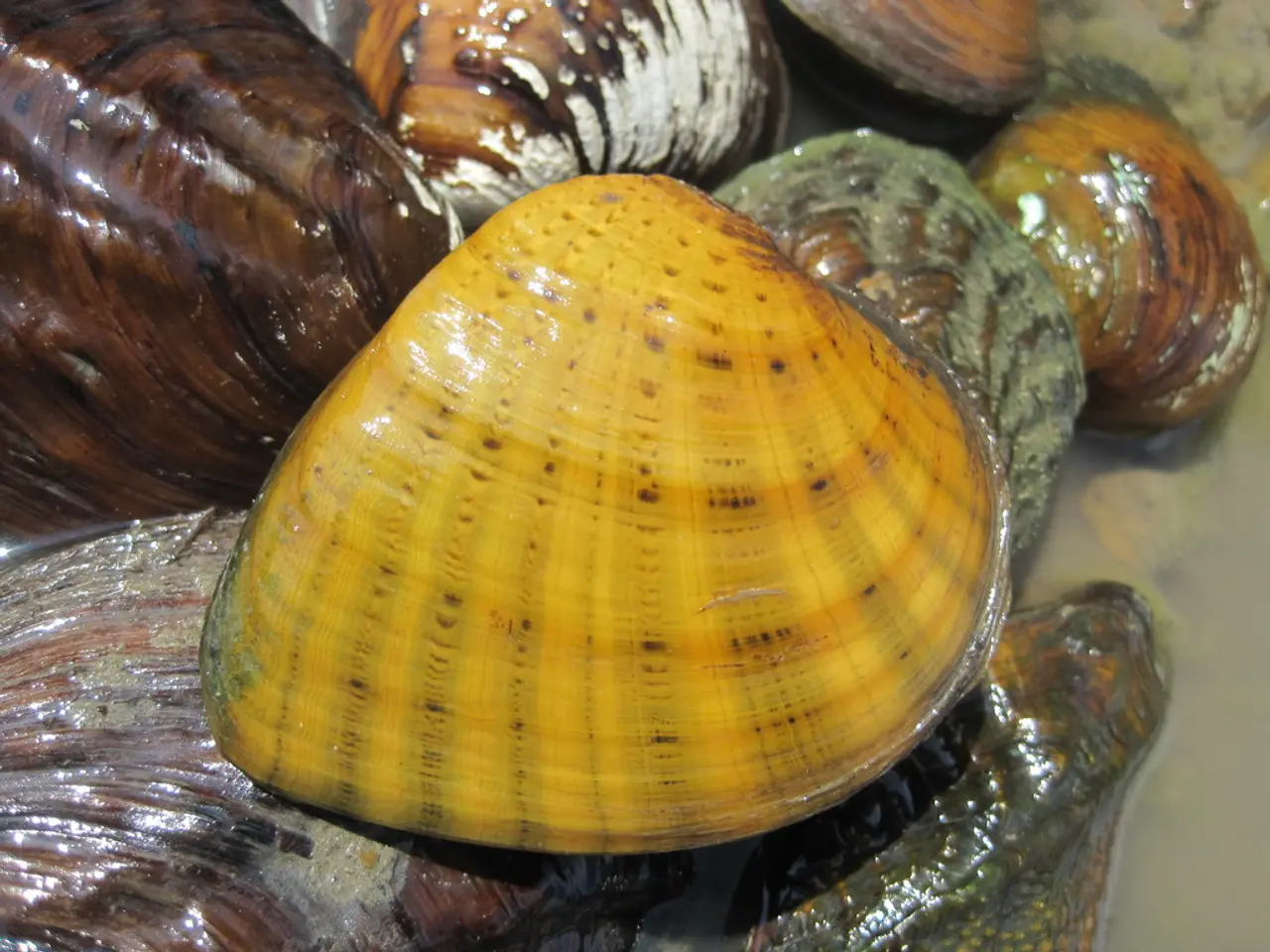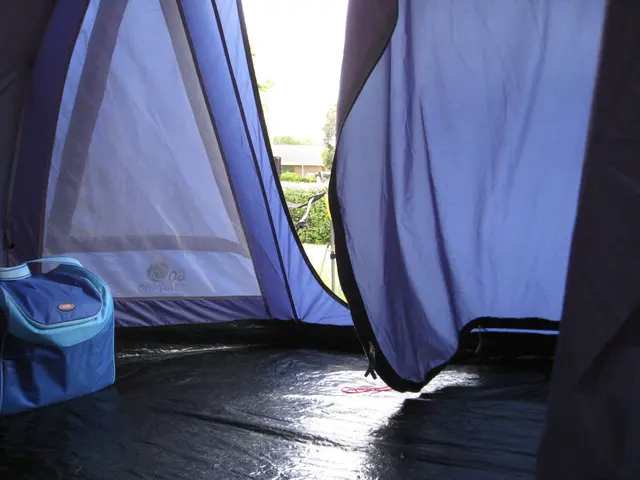Effort to Minimize Microfibers in Oceans: Targeting the Source of Pollution
In the vast expanse of our seas and oceans, a silent emergency is unfolding. Plastic and microplastic pollution, including microfibers, is affecting every body of water worldwide.
Microfibers, tiny fragments of synthetic fabrics, are primarily released during the washing of clothes in washing machines. The production of these textile microfibers reached an astounding 120 million tons in 2019, and they are 10 times more prevalent than other microplastics.
These microfibers, if not captured by filters or wastewater treatment plants, find their way into our oceans. Concentrations of microfibers in the sea range from one fiber per 50 liters to over 25 fibers per liter of water. This pollution is so pervasive that microfibers are found in all seas, making them a major concern.
Representing 40% of the 13 million tons of plastic entering seas annually, microfibers pose a significant threat. They are ingested by marine species, with studies showing that over 90% of the organisms analyzed have ingested microfibers. This ingestion leads to microfibers entering the food chain.
However, there is hope. Filtering systems installed in washing machines can be highly effective in reducing microfiber pollution. For example, the PlanetCare 2.0 filter is a mechanical device proven to stop 98% of microfibers from entering wastewater, helping to protect water quality significantly. Another device, the CLEANR filter, captures over 90% of microplastics using patented vortex technology.
Beyond filters, laundry habits and alternative approaches also play a crucial role in reducing microfiber pollution. Using cold water and delicate machine settings can reduce fiber shedding by over 70%. Fewer washes and hand washing clothes also help reduce fiber breakage and release. Avoiding tumble dryers and switching to natural fibers are also effective strategies.
From a policy perspective, while no U.S. states currently mandate microfiber filters in washing machines, some manufacturers like Samsung are beginning to offer such filters. Advocacy for mandatory built-in microfiber filters and improvements in consumer awareness are important for a broader impact.
In Venice, a campaign was launched to reduce microfiber presence in the sea and oceans. The initiative, part of the international campaign "Only One: One Planet, One Ocean, One Health", was led by Marevivo, Marina Militare, and Fondazione Dohrn and supported by Beko.
In conclusion, while filtering systems are very effective when properly installed, combining filters with mindful laundry habits and fabric choices offers the best overall reduction in microfiber pollution. Let us all play our part in preserving our oceans for future generations.
References:
[1] PlanetCare. (n.d.). PlanetCare Filter. Retrieved from https://planetcare.co/filter
[2] CLEANR. (n.d.). CLEANR Filter. Retrieved from https://www.cleanrwater.com/
[3] Schmidt, A. (2020, March 10). The microscopic plastic that’s polluting our oceans. Retrieved from https://www.bbc.com/future/article/20200310-the-microscopic-plastic-that-s-polluting-our-oceans
[4] European Commission. (2020, March 12). Microfibres in the marine environment. Retrieved from https://ec.europa.eu/environment/chemicals/microplastics/facts_en.htm
[5] National Geographic. (2020, March 18). The tiny plastic pollutants that are killing our oceans. Retrieved from https://www.nationalgeographic.com/environment/2020/03/microplastics-ocean-pollution-plastic-fibers-wastewater-treatment/
- By considering the use of microfiber filters installed in washing machines and adopting mindful laundry habits, such as using cold water and gentle machine settings, we can contribute significantly to reducing microfiber pollution in our environmental science studies have shown.
- As microfibers from clothing are major contributors to plastic pollution in our oceans, it is crucial for our lifestyle choices to include hands-on initiatives, like the one launched in Venice, to reduce microfiber presence in the environment.
- To combat the severe impact of climate-change associated with plastic and microfiber pollution on our home-and-garden ecosystems, science and industry must work together to ensure the production and release of synthetic fibers are minimized, and effective clean-up methods are developed and implemented.






